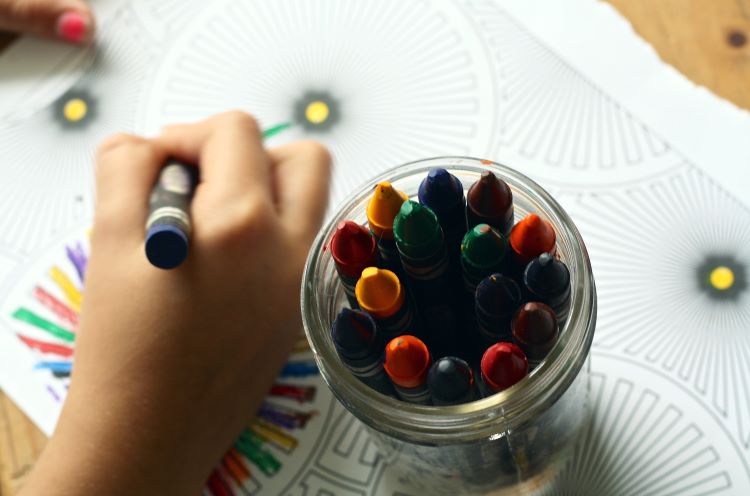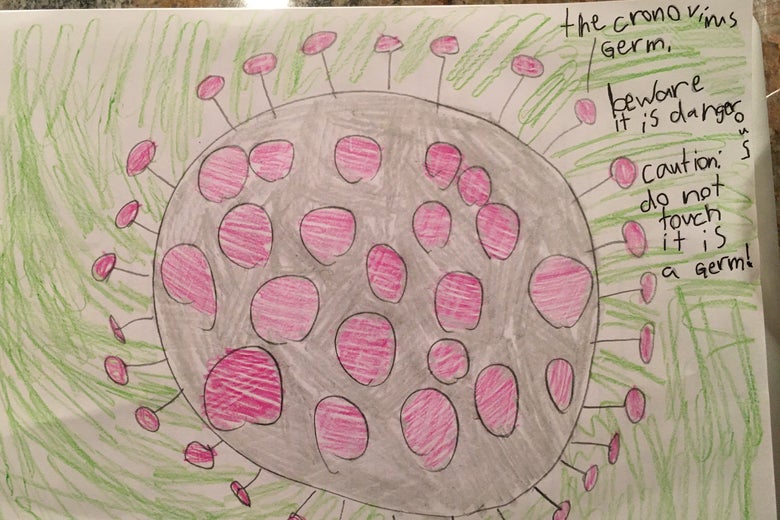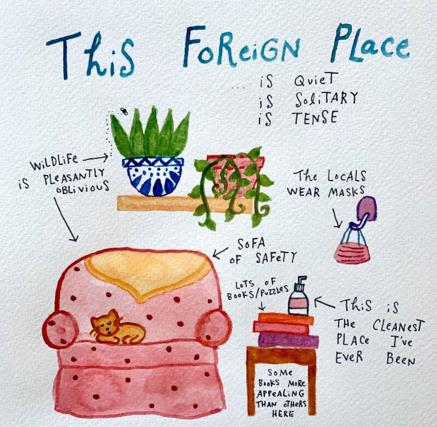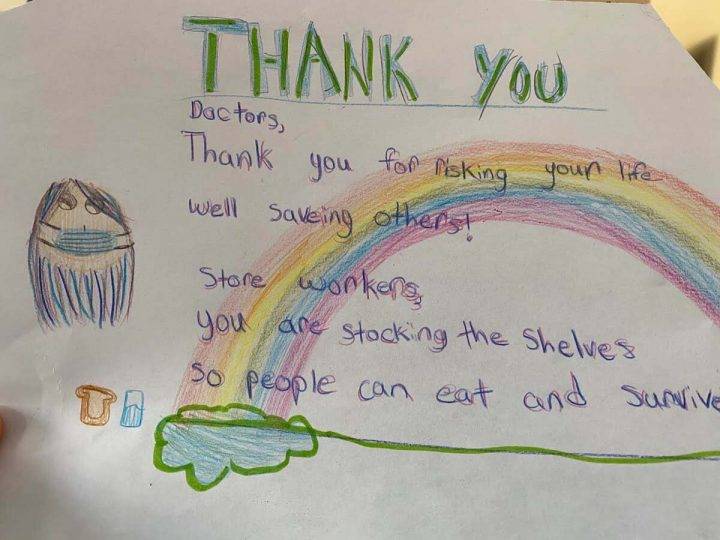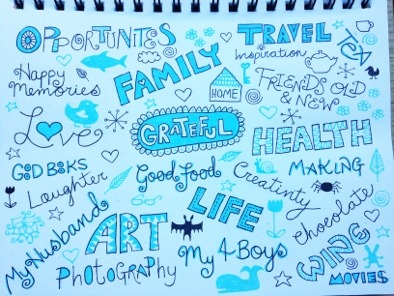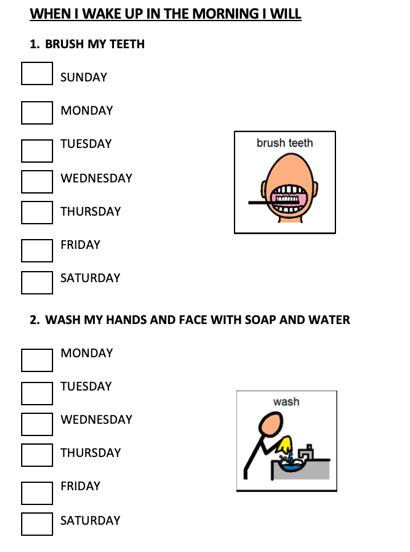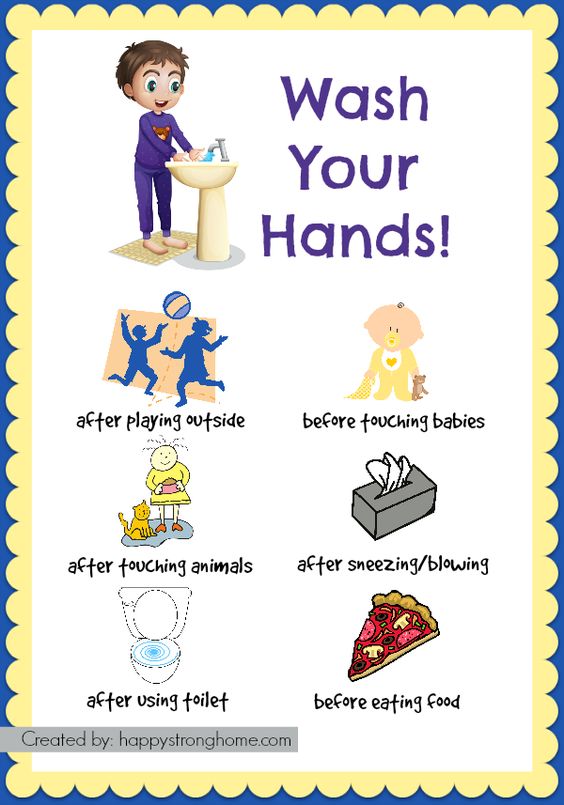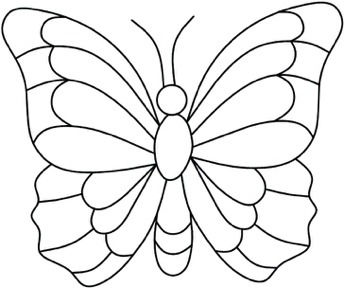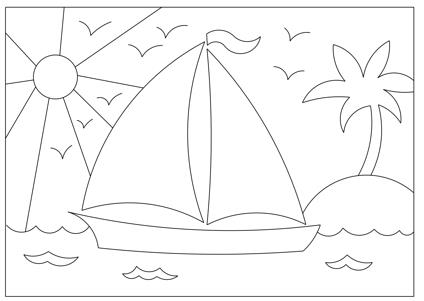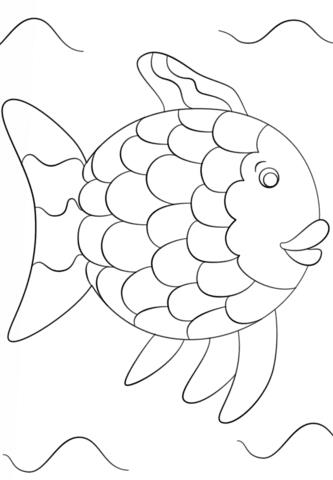By Marwa Saadawi
Children can express themselves in all sorts of ways. It is vital now more than ever to just help them to express what they are feeling. Below are different activities for all ages (including adults).
Express activity
- Draw it out: Age level (Kindergarten, middle school)
- Some children have the artistic touch and a love for drawing. Give them as many art materials as possible and ask them different questions to prompt them: What does the coronavirus look like in your mind? If the coronavirus was a person what would that look like? Draw your living space at home. It could be your bedroom or living room. Draw as if you had just arrived in this space
- Pull out your paint, crayons, markers, pencils, clay, use what you have!
- Drawing will allow kids to make sense of a threat that is difficult to grasp, by giving it a physical form it aides them in processing everything.
- Write it out: Age level: Pre-teen, teens
- Some children (pre-teen/teens) prefer to write it out than actually speak. Give them a journal if they do not already have one and use these prompts to get their creative minds working.
- Being at home more has ….
- I am grateful for…..
- What it feels like to be at home during this time.
- Thank you letter to the ones who have to work during this time (doctors and nurses, grocery store workers, bank workers, et)
- Perhaps you have a family member that fits one of these occupations they can write a thank you letter expressing their gratitude at this time)
- A letter to their teacher about what they miss and what they look forward to
- Record it out: Age level (any age)
- They can document what they did in their day, how they were feeling, and put all their thoughts out on video.
- The important thing is to find an outlet to get your kids to express themselves during this time
- Beyonce is a huge advocate of journaling through a camera. She uses the camera on her computer and journals her thoughts.
Activities to teach kids about hygiene
Create a visual by using your phone take pictures with your kids of when they should wash their hands. Hang it up in their bedroom, on the fridge, wherever they can see it as a visual reminder!
- This can be adapted for younger children by creating a step by step visual guide of how to wash your hands.
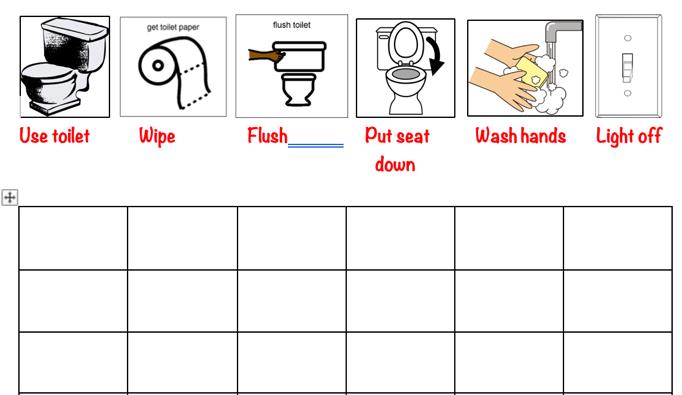
Socialize with your friends during quarantine
Have your children played with their friends online? While we are in social distancing mode it is important to push your children to interact with their friends! There are many games they can do on videochat here are some ideas:
- Have your kids schedule a lunch date with their friends, that way they can eat together and catch up on what they have been doing at home
- Hangman: They can each take turns using a piece of paper to play hangman with one another while on the phone
- Pictionary, charades, heads up (if you have the app)
- Celebrate birthdays, and graduation by involving their friends. Have them call in with a surprise card or poster
Therapeutic games to play at home
Eggshell Mosaic
What you’ll need:
- 6-12 egg shells, washed and dried
- Paper (or a print out template for younger kids to follow along better)
- Paint, crayons, markers
- Glue
Directions:
- Plan out your picture by drawing out a scene. For some assistance you can simply google free templates for coloring or mosaics.
- Fill in most of the background using paint, crayons etc, leaving a section blank for your egg shells.
- Paint the inside of the shells with the colors you want and let the paint dry
- After you let them dry break the shells into smaller pieces
- Glue and stick away!
Belly Breathing
When we are upset our heart rate increases and our breath becomes more shallow. When we take deep breaths, it sends a message to the brain to allow it to calm down.
- Deep breathing resets the central nervous system and helps us respond with a clearer head. Although breathing won’t stop an argument or the feeling of anger, it can calm the “storm” a little faster.
- Step 1: Have your child breathe in normally and ask if they notice their breath or belly moving? What does it feel like? What’s moving?
- Step 2: Now have them lay on their back relaxing the muscles with their hands on their belly (for younger kids use a teddy bear as their “breathing buddy”)
- Step 3: With mouth closed have them breathe in for 4 counts until they feel their chest fill with air, all the way to their belly. Hold for 4 seconds.
- Step 4: Guide your child into breathing out SLOWLY until it is all gone.
- Tips: If your child is having difficulty slowing done to let out the air, have them pretend that they are snorkeling or try using a straw to blow out the air.
- Step 5: Talk with your child and see if they notice a difference in their body. Try to incorporate this type of breathing into your child’s daily routines. Some do it midday, or before bedtime.
Glitter Bottle
- A great calming tool for when your children get angry or anxious, to help self-regulate their emotions.
- This activity is designed as visual sensory play for preschoolers and toddlers, but it works for elementary and middle schoolers as well.
- You want to use this activity as a visual: shake the bottle and explain that sometimes we have a glitter storm inside ourselves, use this bottle as a symbol to help your child or yourself “settle your glitter” in your mind and body.
What you need:
- A clear bottle
- Clear glue
- Glitter (alternative can be sand or confetti)
- Food coloring (optional not needed)
- Warm water
Directions:
- Step one: Fill your bottle with one bottle of clear glue, and one vile of glitter.
- Step two: Fill your bottle with warm water (the more water you use the faster the glitter will settle, the more glue you use the slower the glitter will settle, adjust to your liking)
- Step three: Shake for a few minutes to let everything mix. Set it down on your table and watch the glitter settle!
- An awesome calm-down and anxiety-relief activity that is easy to make and add to your self-care toolbox. Put this in your quiet corner, or child’s bedroom for when your child needs to regroup and spend a few minutes alone.
- Practice this tool when you are calm so that when you’re overwhelmed with emotions you are more inclined to use this as a way to put your focus on the glitter.


Other activities
- Vision board
- Self-reflection journal
- Bullet journalling
Author Bio Marwa is a child therapist at The Wellness Hub in Cairo, Egypt. She was born and raised in New Jersey and received her education in New York. Her masters was from Fordham University in Mental Health, and her undergraduate was received from Marist College in Special Education. Marwa has been in the educational sector for more than 15 years.


